SEARCH






|
|
|
|


by Editor Dusan Labuda
John Kosmopoulos has made another attempt towards defining the art and craft of photography. Although many others have done so, Kosmopoulos´ one is much different. No pile of pages or even books cir-cum-describing the same insufficient puzzle of ideas struggling to carve them into words.
It's subtle. It's simple. It's apt.
Within the scope of defining the art of photography Kosmopoulos introduces the term of oramagraphy as a completely new concept. Oramagraphy hugs the entire process of developing creative abilities of expression. The answers to questions “What to shoot?” and “How to shoot?” are the matters of the photography perceived as a craft. The answer covering the question “Why to shoot in THIS particular way?” sources in the notion of oramagraphy. Thus taken it can be considered as a vision painting.
There are many room painters but perhaps none of them has ever painted a picture. Myriads of people use pens every day but only a few of them have ever written a novel. Thus a camera is a tool in the hands of a man. And it´s only up to him whether he uses it for a craft or for his inner artistic expression. If the later should be discussed further it is always affected by an interaction between a physical and psychological vision. It can be clearly read in the H. D. Thoreau´s quotation: “It´s not what you look at that matters. It´s what you see.”
Kosmopoulos introduces a new hexagonal model. Its vertices correspond to six essential principles which describe the relation between psychology and photography. All of them are equal and mutually interrelated, none of them can be omitted.
The frame of vision (Prescience) covers the stage of pre visualization.
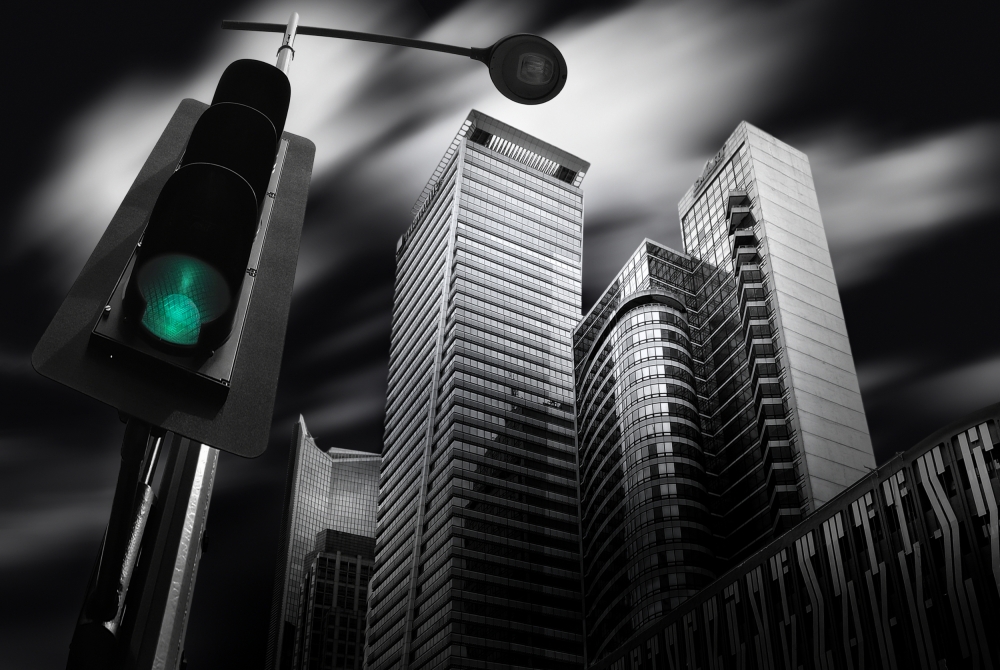
'Makati Prologue' by Dr. Akira Takaue
The first crop happens in the head. Rushing down the street as you did so many times suddenly you stop and focus on a narrow strip of what you see. You just get rid of a usual context and you can clearly see the final image.
The frame of change (Paradox) combines two counter-tendencies.

'Steps' by Henk van Maastricht
Paradox can be found anywhere but always inside of the viewer´s mind. Paradox is the element that makes the viewer read the picture. Paradox is the essence of development. It gives birth to the connection between the image and the viewer´s imagination. It insists on being observed.
The frame of relations (Parallels) tends to harmonize the entire image.
Here is the place to calm down finding things on their place. Whether through composition, leading lines, tonal range or colour scheme, here the background of the image is created to comfort the viewer. A secure feeling, a place one can observe further from.
The frame of reference (Perception) reflects the way we look at and see the beauty. It tells us what to point to, what to crop and how to transform our subjective experience.
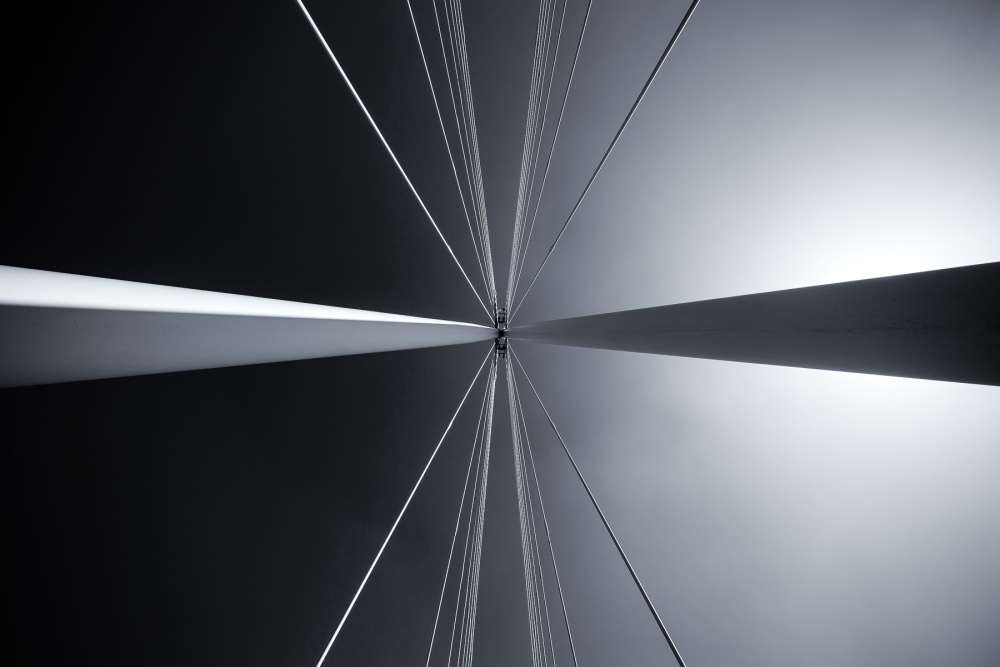
'..and everything under the sun is in …' by Giuseppe Torre
The frame of mind (Personality) stands for a probe to a unique life story of the photographer. The general scope of a carefully shot and edited image should provide a reference of the photographer's personality through his inspiration and experience. The way how we perceive beauty is the core principle for the transformation of our vision into a photograph.
The frame of time (Progression) means practice. It means to follow further challenges and thus moving our technical skills and abilities to perceive higher.
More examples from excellent 1x photographers
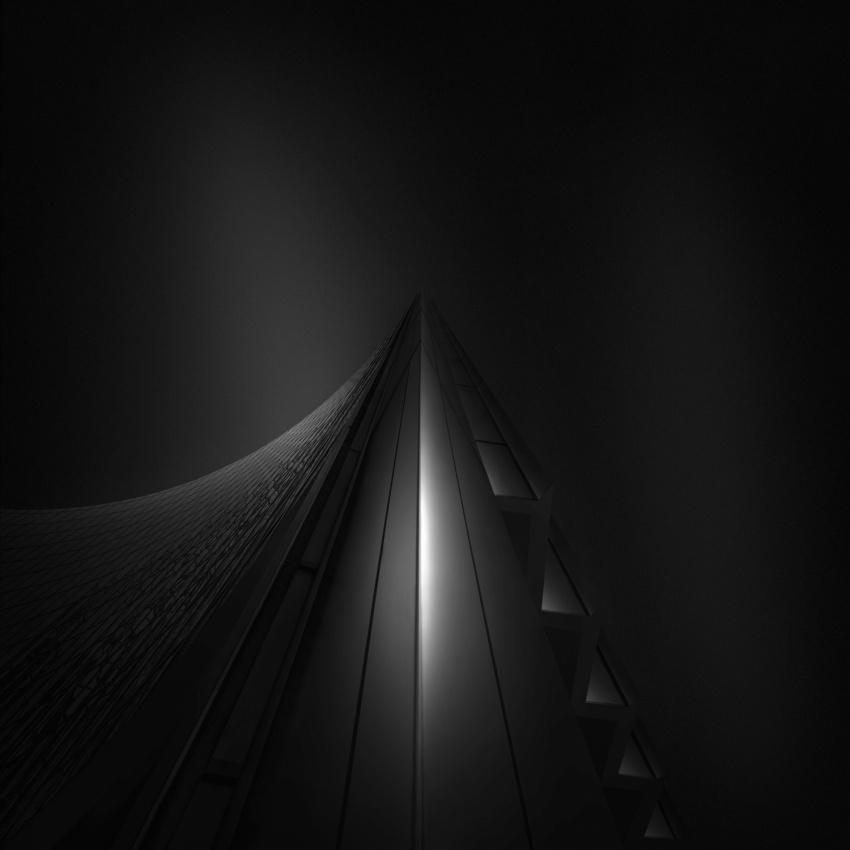
'ode to black III – extreme black' by Julia Anna Gospodarou
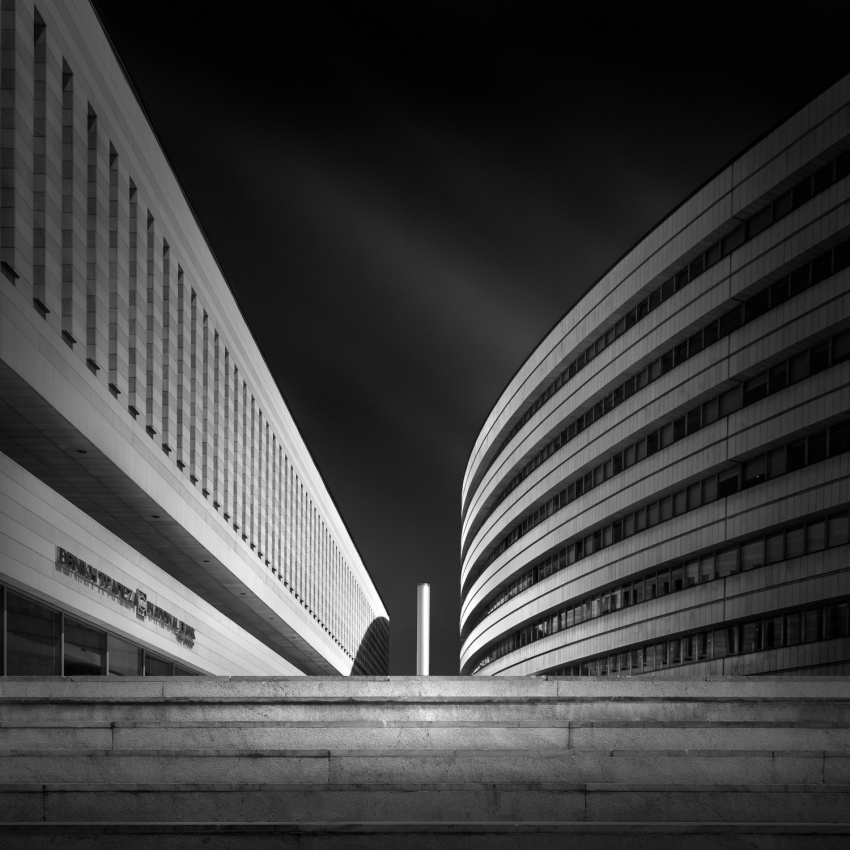
'converging' by Julia Anna Gospodarou

'Abenddämmerung' by Stefan Eisele
 | Write |
 | Bojan Bencic PRO Fantastic article. Quite different and original approach to the subject.
Thanks for sharing, Dusan. |
 | Greetje van Son PRO Very interesting article. Never look at this way to photography. Thanks, John for this explanation and use of one of my pictures. Thanks to Yvette for place this interview. |
 | Yvette Depaepe CREW Thank you for sharing this most interesting notice, Dusan! My hat of for John Kosmopoulos' concept. Congratulations to the authors too of course. Cheers, Yvette |
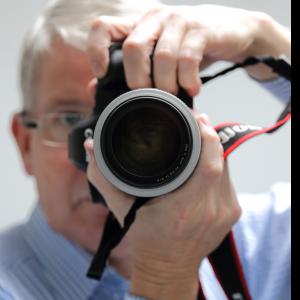 | Wicher Bos CREW Very interesting! Beautiful selection of images too. Thanks for sharing it... |